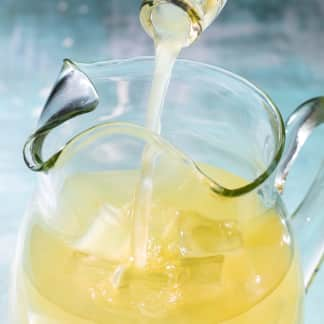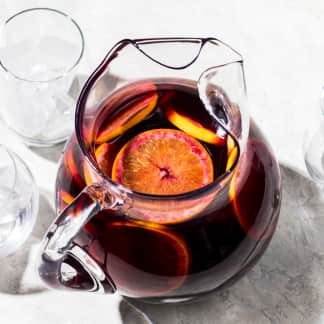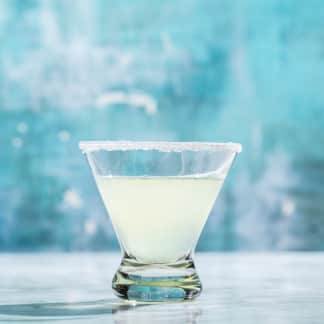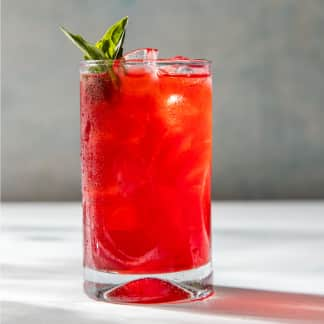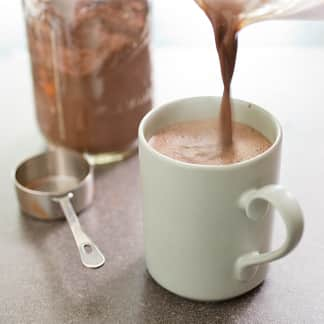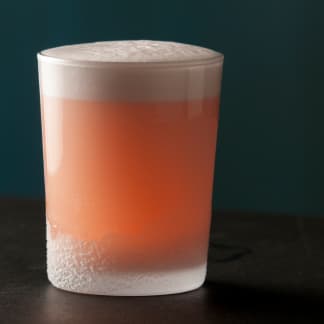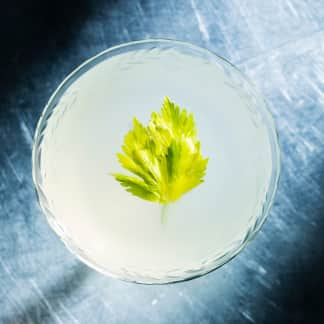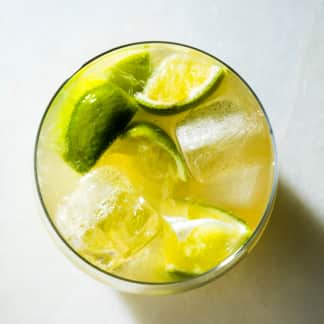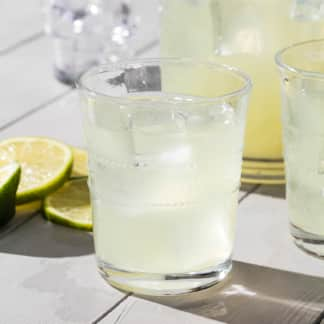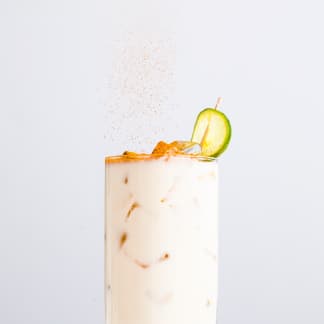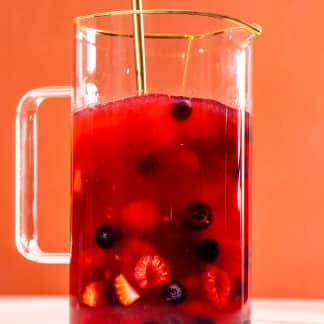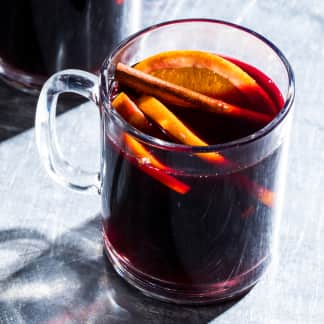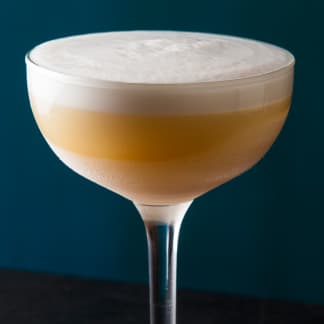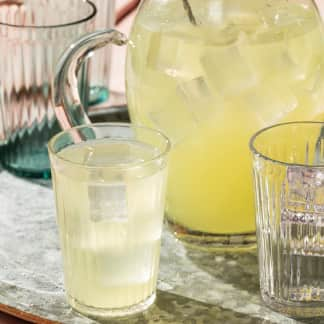Have you ever bought a case of chilled beer and emptied out a section of your fridge to store it all, fearing that its flavor would quickly degrade if the cold brew warmed up and was then chilled again for serving?
I have, many times, often causing the demise of whatever produce got relegated to the kitchen counter for a day or two.
As it turns out, my worries were misguided. Yes, beer is a perishable product that stays fresh-tasting longer when it’s stored cold. But subjecting it to temperature fluctuation? No harm done. Here’s proof.
Sign up for the Cook's Insider newsletter
The latest recipes, tips, and tricks, plus behind-the-scenes stories from the Cook's Illustrated team.
Letting Beer Go From Cold to Warm and Back to Cold Again Doesn't Ruin It
- TEST: We divided a case of chilled beer (in cans to avoid any issues of light exposure—more on that later) into two groups. Half went into the refrigerator as a control, while the others spent 3 hours in an 85-degree water bath, followed by an overnight chill. We repeated the “shock” process three times and tasted both batches of beer side by side.
- RESULTS: Both tasted fine.
Light Exposure Ruins Beer
The real culprit of off-tasting beer—often called skunked beer or lightstruck beer—is light exposure. When bitter-tasting molecules in hops are exposed to light, which often happens when beer is bottled in green or clear glass, or when it’s poured into a clear vessel for drinking, a chain reaction occurs that produces a compound called 3-methyl-2-butene-1-thiol (MBT), a component of skunk spray. It doesn’t take much MBT to make beer taste skunky: Some astute tasters have detected as little as one-billionth of a gram per 12 ounces of beer. And the reaction happens fast. Here’s proof.
- TEST: We prepared three samples from the same six-pack sold in dark amber bottles: one that we poured into a clear pint glass; a second kept in its dark bottle; and a third kept in its bottle but also wrapped in aluminum foil to block as much light as possible. We placed the samples on a sunny windowsill for 30 minutes and then tasted them.
- RESULTS: The beer in the pint glass developed pronounced off aromas and flavors; both bottled samples tasted fine.
Bottom Line: Minimize Light Exposure
The best way to keep beer tasting fresh is to buy it in cans or dark bottles. And if you’re not drinking it directly from the package, wait to pour it into a glass until just before consuming.

How To Cocktail
The first-ever cocktail book from America’s most-trusted test kitchen includes essential classics, twists on old favorites; and brand-new test kitchen creations.
Save 20%
Beer-Braised Short Ribs
Beef short ribs, which contain lots of fat and connective tissue, are ideal for long, slow cooking. We wanted to develop a recipe for the slow cooker that would produce meaty ribs in a rich, oniony sauce.
Get the Recipe
Sous Vide Beer-Braised Brats
We tasted seven beers which claim an Irish pedigree to determine if Guinness, the most famous, is also the best. The answer was both yes and no.
Get the Recipe
Beer Cheese
Starting with a recipe that dates back centuries, we came up with appetizer biscuits that are hard to beat. And beer cheese, too.
Get the Recipe

